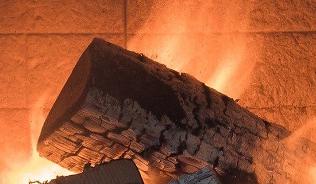On 27th September the IAQM held a discussion meeting to develop new guidance for assessing odour. Two approaches to assessing odour were described at the meeting; the technical approach and the use of odour management plans.
Michael Bull and Alun McIntyre outlined the technical approach to odour assessment. This relies on accepting a relationship between the ground-level concentration in odour units, calculated using a dispersion model and the emissions from the plant (measured or calculated), and the annoyance to the public around the plant based on the number of complaints received. It is assumed that a relationship can be defined between the results of a model study and the observed community reaction. From the relationship a standard can be set at which the odour is acceptable. The standard has the effect of defining an odour boundary condition thereby setting an emission limit value.
Jon Pullen described the other way of tackling the problem through Odour Management Plans. This does not exclude the use of one or other of the two approaches and in practice they are generally used in combination. The basis of Odour Management Plans is to ensure that good working practices are applied in order to minimise odour and make the off-site effect negligible.
It was widely felt that IAQM Guidance on each of these aspects of odour assessments would be very valuable to the user community. The IAQM community under the leadership of Michael, Alun and Jon will be asked to assist in preparing this guidance.
Downloads:
Michael Bull's presentation
Alun McIntyre's presentation
Jon Pullen's presentation


